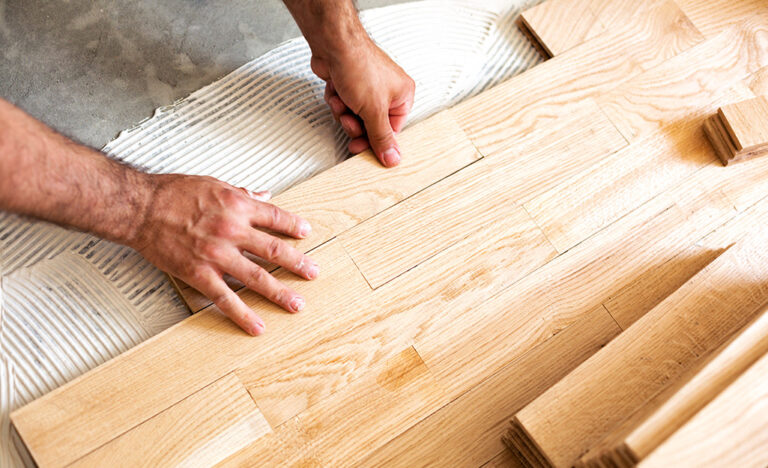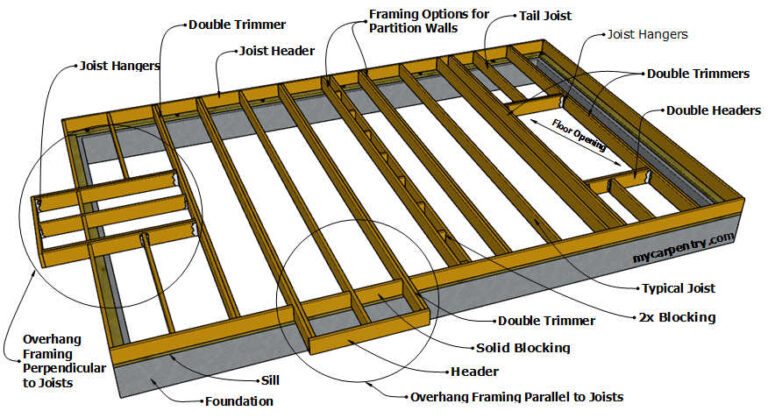Yes, vinyl flooring needs to acclimate to guarantee peak performance. Bringing the planks or tiles into the installation area for 48 to 72 hours allows them to adjust to room temperature and humidity levels between 30% and 50%. This process prevents warping, gaps, and other issues post-installation. A consistent environment between 65°F and 85°F is essential for the best results. Learn more about the acclimation process and its impact on installation outcomes.
Understanding Acclimation and Its Importance

When you install vinyl flooring, understanding acclimation is essential to guarantee peak performance and longevity. Acclimation refers to the process of allowing the flooring material to adjust to the room's temperature and humidity levels before installation. This step is significant, as it helps prevent issues like warping, buckling, or gaps post-installation. The importance of acclimation can't be overstated; it guarantees that your flooring material behaves as intended in its environment. The benefits include enhanced durability, reduced maintenance, and a smoother installation experience. By properly acclimating your vinyl flooring, you're not just following a guideline; you're investing in the freedom that comes with a long-lasting, beautiful floor that withstands daily wear and tear.
The Acclimation Process for Vinyl Flooring
Acclimating vinyl flooring involves a systematic approach to guarantee ideal performance and durability. First, you'll need to bring the vinyl planks or tiles into the installation area. Let them sit for 48 to 72 hours, allowing them to adjust to the room's temperature. Temperature considerations are essential; aim for a consistent environment between 65°F and 85°F. If the temperature deviates considerably, the vinyl may expand or contract, leading to installation issues. Verify the flooring is placed flat and not stacked to avoid warping. Additionally, keep the humidity levels in check, ideally between 30% and 50%. Following these steps allows your vinyl flooring to acclimate properly and guarantees a smooth installation process.
Factors Influencing Acclimation Time

While several factors impact the acclimation time of vinyl flooring, the most significant include temperature, humidity, and the specific type of vinyl being used. Temperature fluctuations can affect the material's expansion and contraction, so maintaining a consistent environment is essential. Ideally, you should keep the installation area between 65°F and 85°F for the best results. Additionally, humidity levels play an important role; too much moisture can lead to warping, while excessively dry conditions can cause shrinkage. Different types of vinyl, such as luxury vinyl tiles versus sheets, may also require varying acclimation periods. Understanding these factors will help you confirm your vinyl flooring adheres properly and performs well, giving you the freedom to enjoy your space without complications.
Common Issues Caused by Skipping Acclimation
Skipping acclimation can lead to several common issues that may compromise the integrity and appearance of your vinyl flooring. You might think you're saving time, but these potential problems can really set you back:
- Moisture Damage: Without proper acclimation, vinyl can absorb moisture, leading to warping or buckling.
- Temperature Fluctuations: Sudden changes in temperature can cause your flooring to expand or contract, resulting in gaps.
- Unsightly Seams: Improperly acclimated planks may not fit together well, creating visible seams that detract from the overall look.
- Reduced Lifespan: Ignoring acclimation can shorten the life of your flooring, costing you more in the long run.
Taking the time to acclimate guarantees a beautiful, lasting floor.
Tips for Successful Vinyl Flooring Installation

To guarantee a successful vinyl flooring installation, it is essential to follow specific guidelines that promote longevity and aesthetic appeal. Begin with proper floor preparation; make sure the subfloor is clean, dry, and level. Gather important installation tools like a utility knife, straightedge, and adhesive, if necessary.
| Step | Description | Tips |
|---|---|---|
| Floor Preparation | Clean and level the subfloor | Check for moisture |
| Acclimation | Allow vinyl to adjust to room temperature | 48 hours is ideal |
| Layout Planning | Plan your layout before installation | Use chalk lines |
| Final Inspection | Check for gaps and imperfections | Confirm boards are snug |
Frequently Asked Questions
Can Vinyl Flooring Be Installed in Extreme Temperatures?
Installing vinyl flooring in extreme temperatures can pose significant installation challenges. If it's too cold, the vinyl may become rigid, making it difficult to maneuver. Conversely, high temperatures can cause the material to expand, leading to potential buckling. To guarantee a successful installation, it's essential to maintain a stable temperature within the recommended range before, during, and after the process. Doing so will help maximize the longevity and performance of your flooring.
How Long Should Vinyl Flooring Be Left to Acclimate?
When considering the acclimation period for vinyl flooring, it's essential to understand how temperature effects can influence installation. Ideally, you should leave vinyl flooring to acclimate for at least 48 hours in the room where it'll be installed. This time allows the material to adjust to the space's temperature and humidity, reducing the risk of expansion or contraction post-installation. Always make certain the environment is stable during this period for ideal results.
What Tools Are Needed for Vinyl Flooring Installation?
Installing vinyl flooring is like piecing together a puzzle; you need the right tools to make it fit perfectly. For a smooth installation, you'll need measuring tools like a tape measure and square to guarantee accuracy. Cutting tools, such as a utility knife or flooring cutter, are essential for precise cuts. Having a straight edge and a chalk line can also help you maintain straight lines for a professional finish.
Is Acclimation Necessary for All Types of Vinyl Flooring?
Acclimation isn't necessary for all vinyl types. For instance, luxury vinyl planks generally require less acclimation compared to sheet vinyl. However, it's crucial to follow the installation guidelines provided by the manufacturer. If you're using rigid core vinyl, it may be more forgiving in varying temperatures. Always check the specific recommendations for the product you're using, as proper acclimation can help guarantee a successful installation and enhance the floor's longevity.
Can I Install Vinyl Flooring Over Existing Flooring?
Yes, you can install vinyl flooring over existing flooring types, such as tile or hardwood, provided they're in good condition. This method offers several installation benefits, including reduced labor and material costs, and a quicker project timeline. However, make sure the surface is clean, level, and free of moisture to secure proper adhesion. Always check manufacturer guidelines to guarantee compatibility and avoid potential issues down the line.



